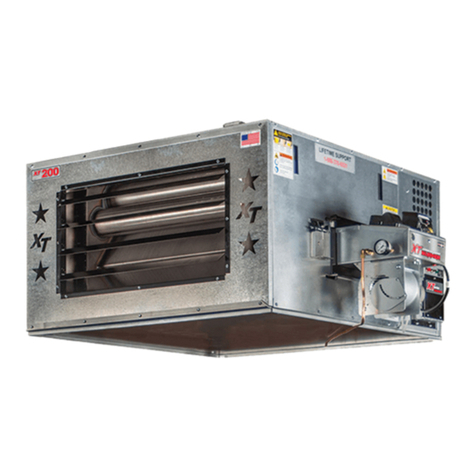
Table of Contents
Before You Begin… ......................................................................................................................... i
1. Safety, Codes and Regulations................................................................................... 1
1.1 General Warnings ............................................................................................................ 1
1.2 Safety Hazards................................................................................................................. 2
1.3 Codes and Regulations .................................................................................................... 0
1.4 Fuels and Fuel Management............................................................................................ 1
1.5 Clearances to Combustible Surfaces ............................................................................... 2
2. Installation ..................................................................................................................... 3
2.1 Technical Guidelines........................................................................................................ 3
2.2 Heater Placement ............................................................................................................ 3
2.3 Drain Valve Installation .................................................................................................... 4
3. Exhaust Flue System Installation ............................................................................... 5
3.1 Barometric Damper Tee Installation ................................................................................. 5
3.2 Flue Piping Installation ..................................................................................................... 5
3.3 Draft Gauge Installation.................................................................................................... 8
4. Electrical System Installation...................................................................................... 9
4.1 Wall Thermostat (Standard) ............................................................................................. 9
4.2 Main Electrical Connection............................................................................................. 10
5. Startup and Operation................................................................................................ 11
5.1 Do’s and Don’ts/Tech Tips ............................................................................................. 11
5.2 Burner Primary Control Operation .................................................................................. 11
5.3 Safety Systems and Warnings ....................................................................................... 12
5.4 Heater Startup................................................................................................................ 13
5.4.1
Priming and Starting the Heater ..................................................................................... 13
5.4.2
Burner System Checkout ............................................................................................... 14
5.5 Everyday Operation of Your Used Oil Heater ................................................................. 17
6. Maintenance................................................................................................................. 18
6.1 Safety Warnings – Lockout/Tagout................................................................................. 18
6.2 Monitoring System Performance over Time.................................................................... 18
6.3 Maintenance Procedures ............................................................................................... 19
6.3.1
Heat Exchanger Cleaning .............................................................................................. 20
6.3.2
Fan Cleaning.................................................................................................................. 22
6.3.3
Nozzle Line Assembly Cleaning ..................................................................................... 23
6.3.4
Air Compressor Maintenance ......................................................................................... 27































